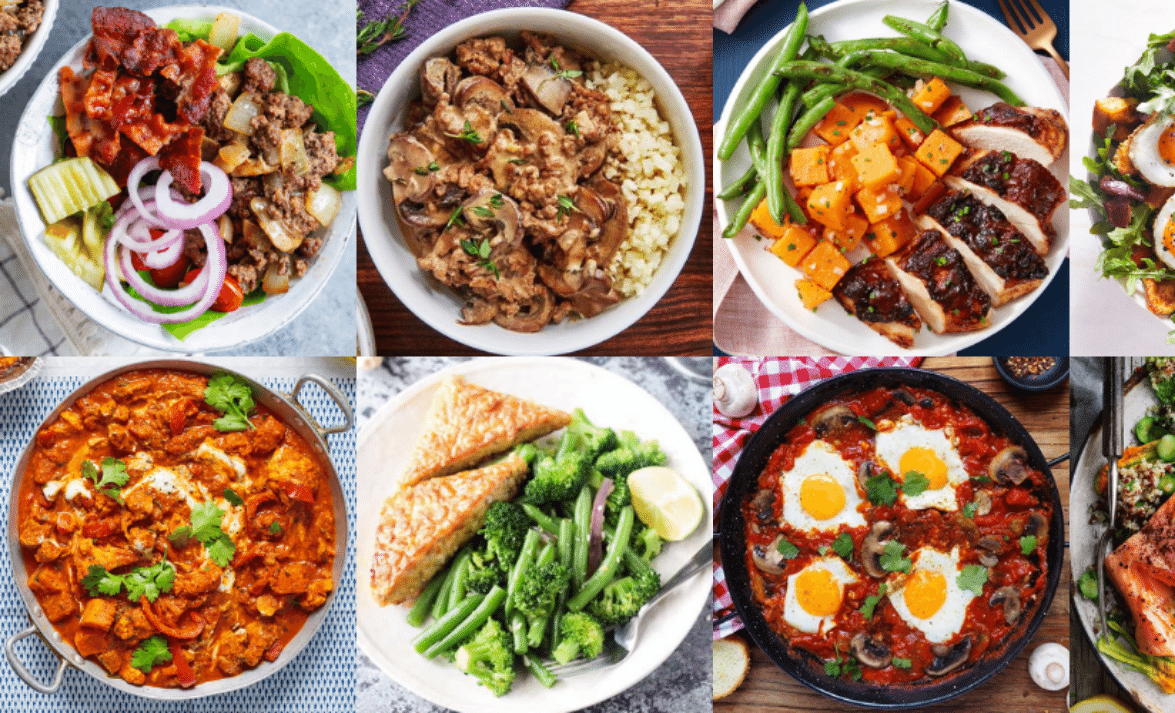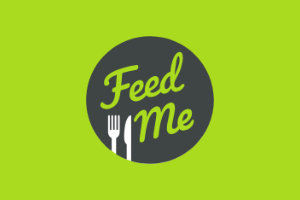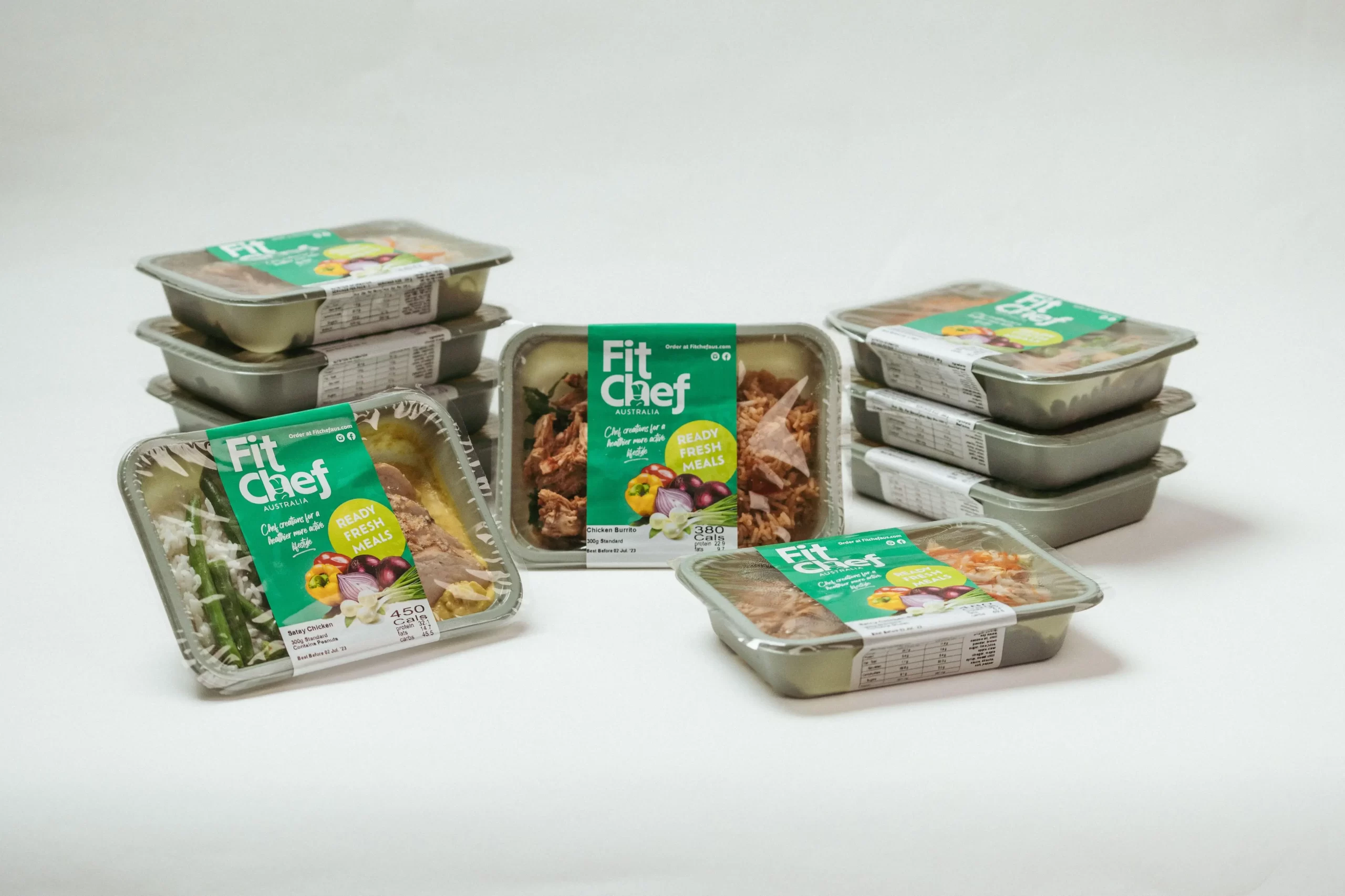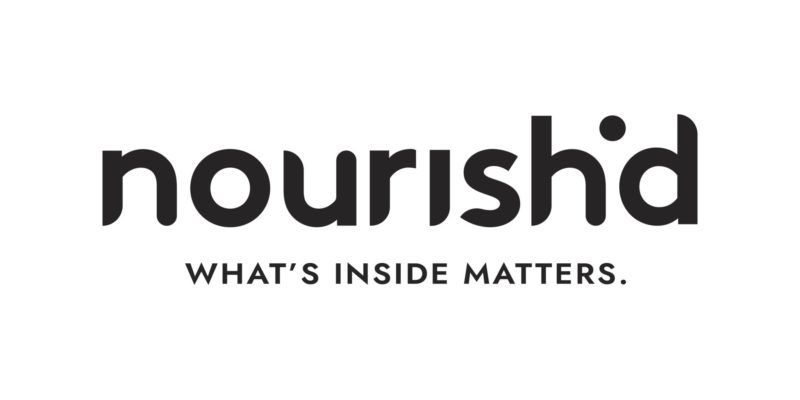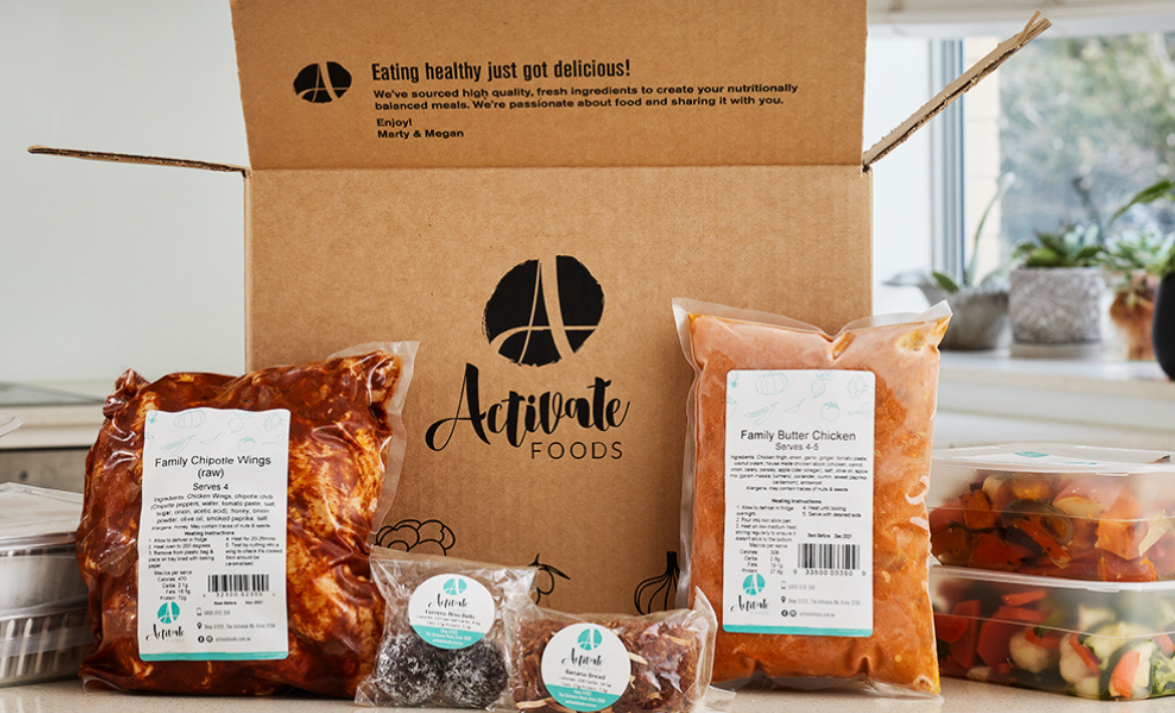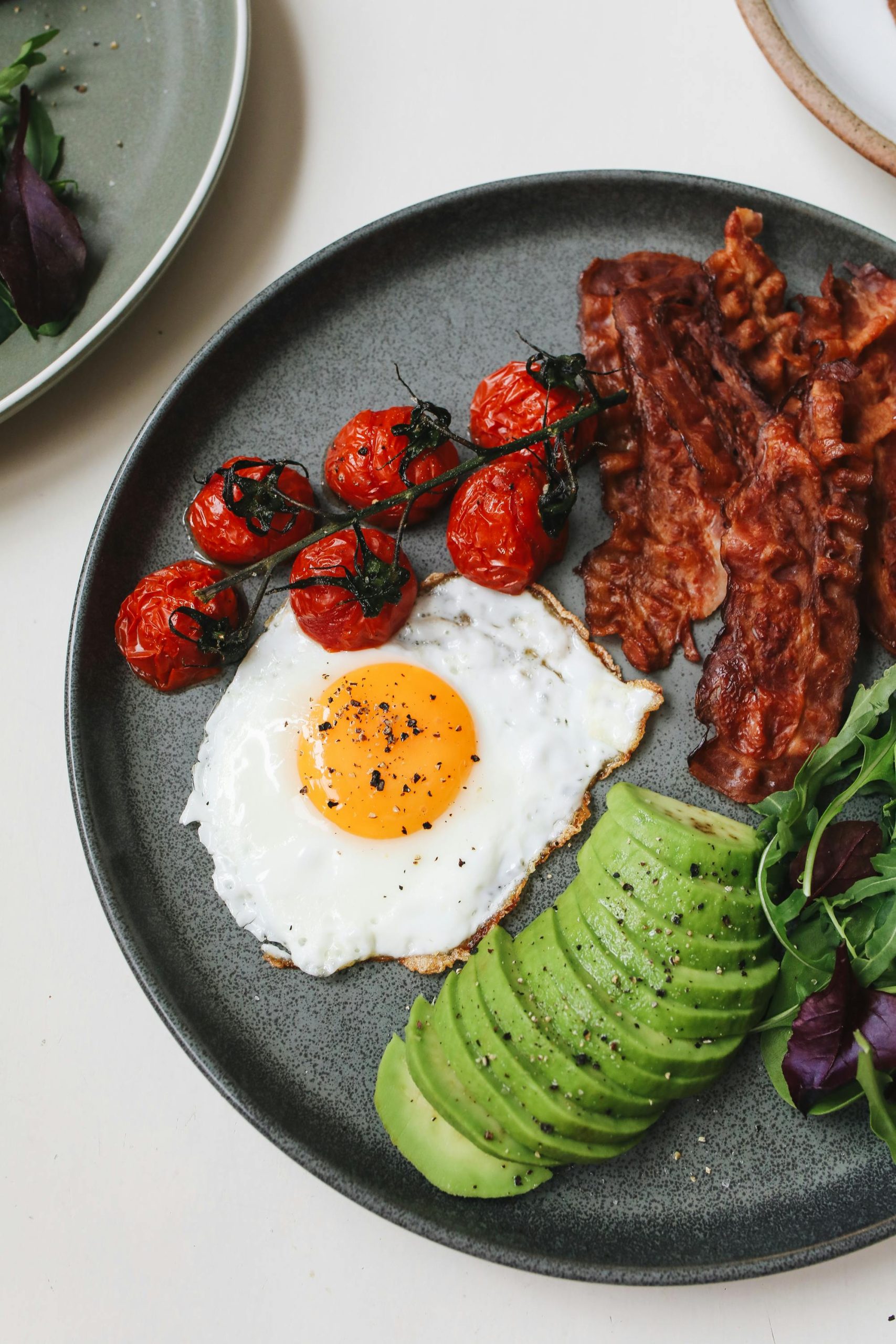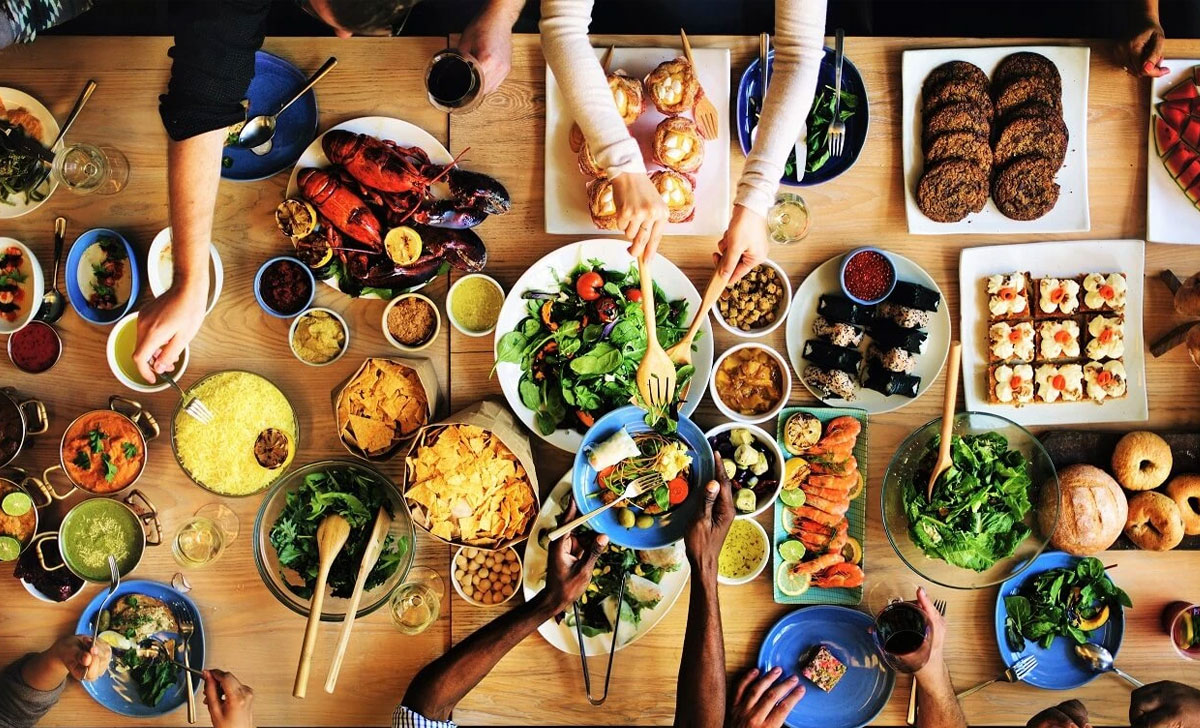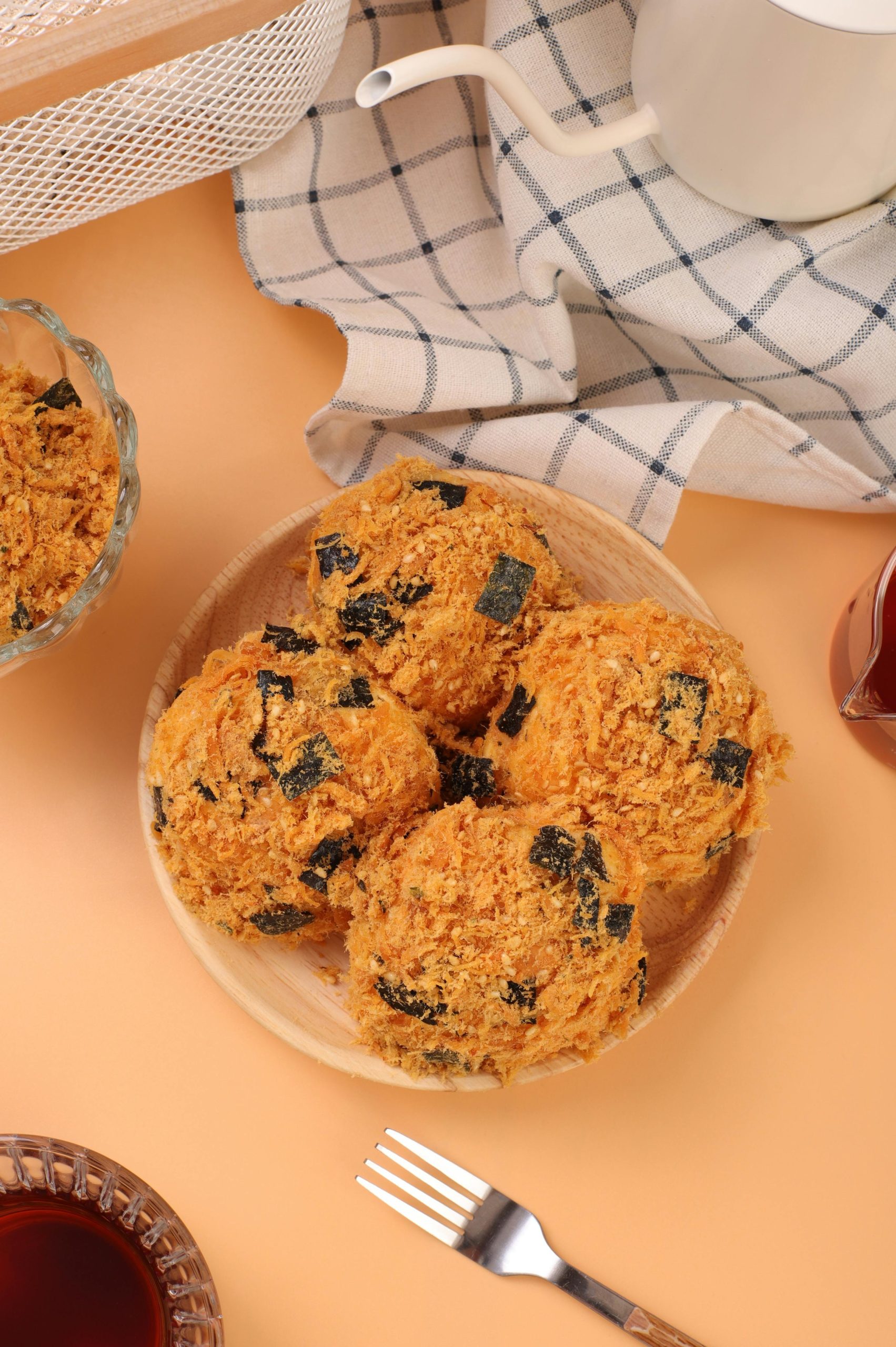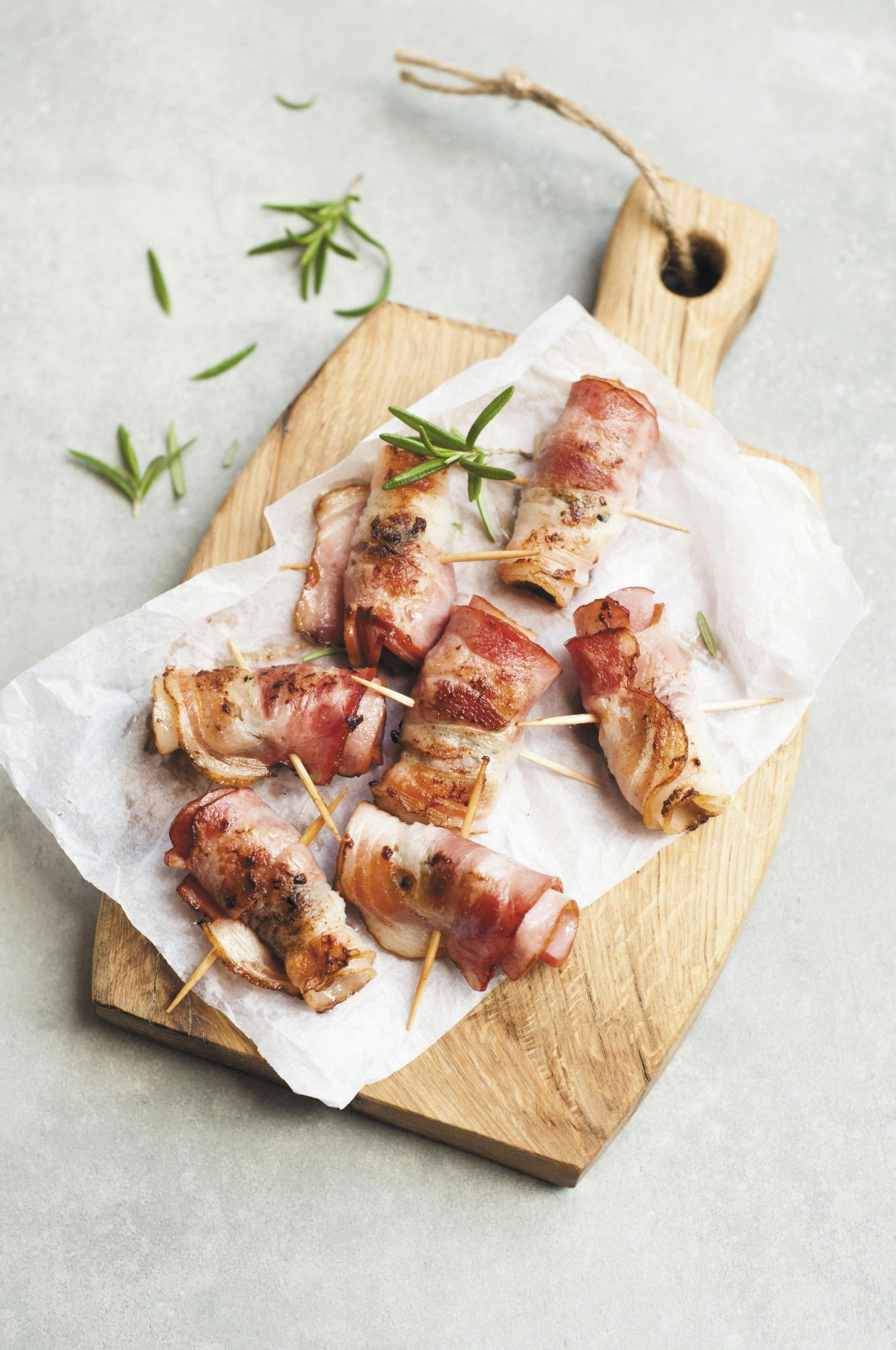- Meal Delivery
Shop by Category
TOP PROVIDERS
POPULAR SEARCHES
Meal Finder Tool
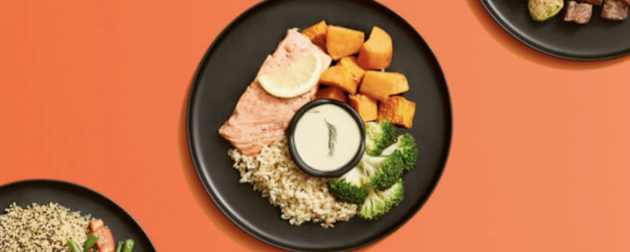
Use our meal finder quiz to find the best meal delivery service for you.
- Vitamin & Supplements
- Deals
- About
- Blog
Paleo Meals
Paleo Meals
We compare Australia’s best offerings on Paleo prepared meal services and allow consumers insight into which companies to look out for. You can make decisions based on your individual needs and decide if paleo meal services are suitable for you!
Get personalised meal recommendations
Compare Paleo Meals
Advertiser Discolure Advertiser DiscolureA Life Plus offers customisable paleo meal plans designed for various dietary needs. Customers can choose from 3-day, 5-day, and …
NSW, VIC, ACT, QLD, SA, WA, TAS
$13.00/serve
Feed-Me’s Paleo Pack is a 10-meal bundle designed for those following a paleo lifestyle. Choose from a menu of 40 …
WA
$10.00/serve
Fit Chef Australia offers a small range of paleo pre-made meals aimed at supporting fitness goals. Meals are prepared fresh …
SA
$11.90/serve
Nourish’d provides chef-prepared, fresh meals with a focus on whole food ingredients. All of Nourish’d meals are 100% preservative and …
NSW, VIC, ACT, QLD, SA, TAS
$13.75/serve
Activate Foods creates dietitian-approved meals for time-poor and busy individuals. All meals are made to order with the choice of …
NSW
$9.00/serve

